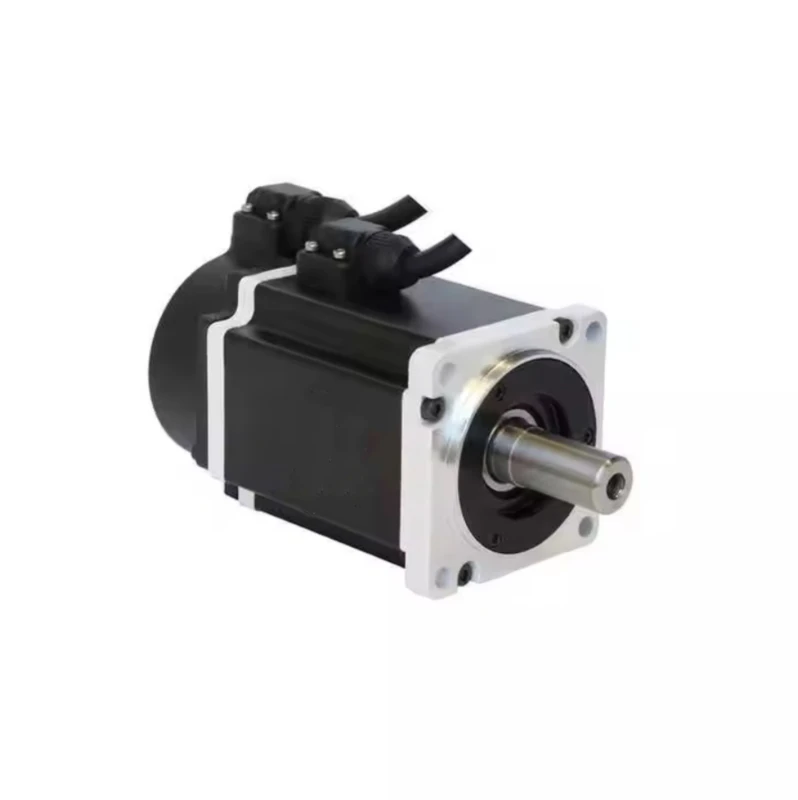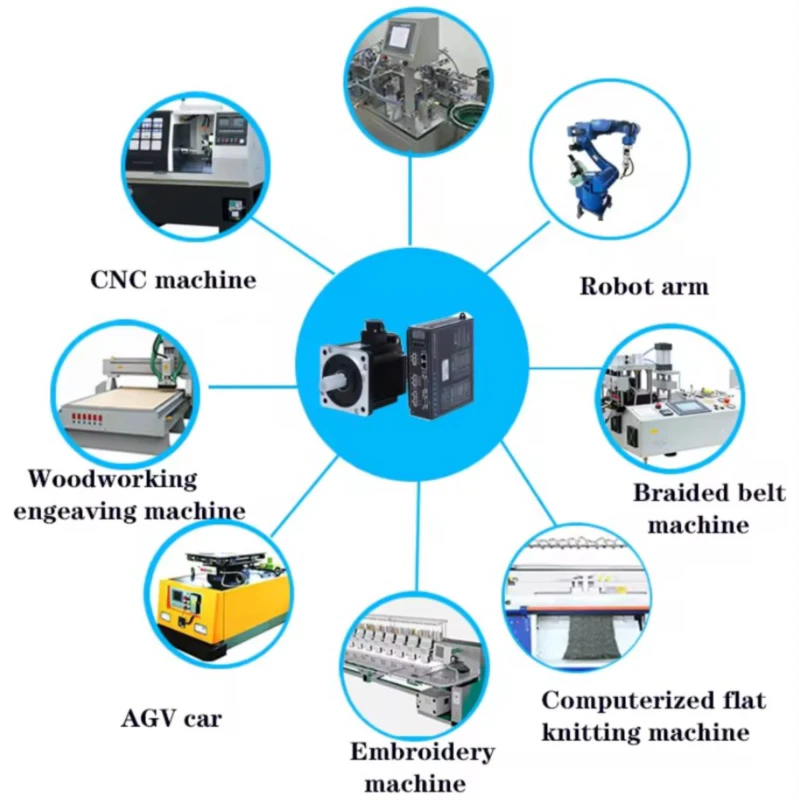Servo motor use in underwater robotics
Introduction
Underwater robotics is a field that requires precise and reliable motor control. Servo motors have emerged as a popular choice due to their versatility and exceptional performance. In this article, we will explore the various applications of servo motors in underwater robotics and discuss their significance in enabling advanced functionality.
1. Servo motors in underwater propulsion systems
Servo motors play a crucial role in underwater propulsion systems. These motors provide precise control over thrust and maneuverability, allowing underwater robots to navigate through complex underwater environments with ease. With their high torque and accurate positioning capabilities, servo motors ensure efficient propulsion and enable robots to overcome water resistance effectively.
2. Servo motors for robotic arm movement
In underwater robotics, robotic arms are used for a wide range of tasks such as sample collection, equipment manipulation, and object retrieval. Servo motors offer the required precision and strength to control the movement of robotic arms in water. Their ability to provide smooth and accurate motion allows robots to perform delicate tasks with dexterity, enhancing their overall operational capabilities.
3. Servo motors for underwater sensing and data collection
Underwater robots often need to collect data from their surroundings to perform tasks or gather scientific information. Servo motors are utilized in underwater sensing systems to control the movement of sensors and data collection devices. This enables robots to precisely position sensors, ensuring accurate data acquisition and analysis for various underwater applications.
4. Servo motors for underwater camera systems
Underwater camera systems are widely used in underwater robotics for surveillance, inspection, and exploration purposes. Servo motors are employed to control the movement of cameras and camera housings, allowing robots to capture clear and stable footage even in challenging underwater conditions. The precise control offered by servo motors ensures that the cameras can be positioned optimally, enhancing the quality of the captured images and videos.
5. Servo motors for underwater manipulation tasks
Underwater robotics often involves tasks that require manipulation of objects, such as repairing underwater structures or interacting with marine organisms. Servo motors enable precise and controlled movement of robotic grippers and manipulators, allowing robots to perform intricate manipulation tasks effectively. Their ability to provide high torque and accurate positioning enhances the overall dexterity of underwater robots in performing various tasks.
6. Servo motors for underwater navigation and control systems
Accurate navigation and control are essential for the successful operation of underwater robots. Servo motors are utilized in navigation and control systems to control the movement of fins, rudders, or other control surfaces. These motors offer the required precision and response speed to maintain stability and maneuverability, enabling robots to navigate through underwater environments safely and efficiently.
7. Servo motors in autonomous underwater vehicles (AUVs)
Autonomous Underwater Vehicles (AUVs) are unmanned underwater robots that operate independently for various applications. Servo motors play a vital role in AUVs by providing precise control over propulsion, navigation, and payload-related tasks. Their reliability and accuracy contribute to the overall efficiency and performance of AUVs, making them indispensable in underwater exploration, research, and industrial applications.
Conclusion
Servo motors have revolutionized the field of underwater robotics by providing precise control, accuracy, and reliability. Their versatility in various applications, ranging from propulsion systems to manipulators and sensing devices, has significantly advanced the capabilities of underwater robots. As the demand for underwater robotics continues to grow, servo motors will remain essential components, enabling innovation and pushing the boundaries of exploration beneath the surface.

Usage Scenario

Q&A
Q1: What are the advantages of using servo motors in underwater robotics?
A1: Servo motors provide precise control, accuracy, and reliability, making them ideal for underwater robotics applications. They offer high torque, accurate positioning, and smooth motion, enabling robots to navigate, manipulate objects, and collect data effectively in underwater environments.
Q2: How do servo motors contribute to the stability of autonomous underwater vehicles (AUVs)?
A2: Servo motors play a crucial role in AUVs by controlling propulsion, navigation, and other critical tasks. Their precise control over movement and response speed ensure the stability and maneuverability of AUVs, allowing them to operate autonomously and perform various underwater missions with efficiency and accuracy.
Q3: Can servo motors be used in deep-sea underwater robotics applications?
A3: Yes, servo motors can be used in deep-sea underwater robotics applications. However, additional considerations such as pressure compensation and sealing mechanisms need to be implemented to protect the motors from the extreme conditions encountered at great depths.

About Our Company
We are a leading company in the Chinese motor market segment, offering a wide range of high-quality products, including servo motors, brake motors, hydraulic motors, Bauer gear motor, hydraulic piston, servo motors, driveline motors, and more. With a production capacity of 200,000 sets, we are equipped with state-of-the-art CNC production and assembly equipment. Our company is committed to delivering top-notch products, competitive prices, and excellent customer service. We welcome customers to customize their requirements through drawings and samples.